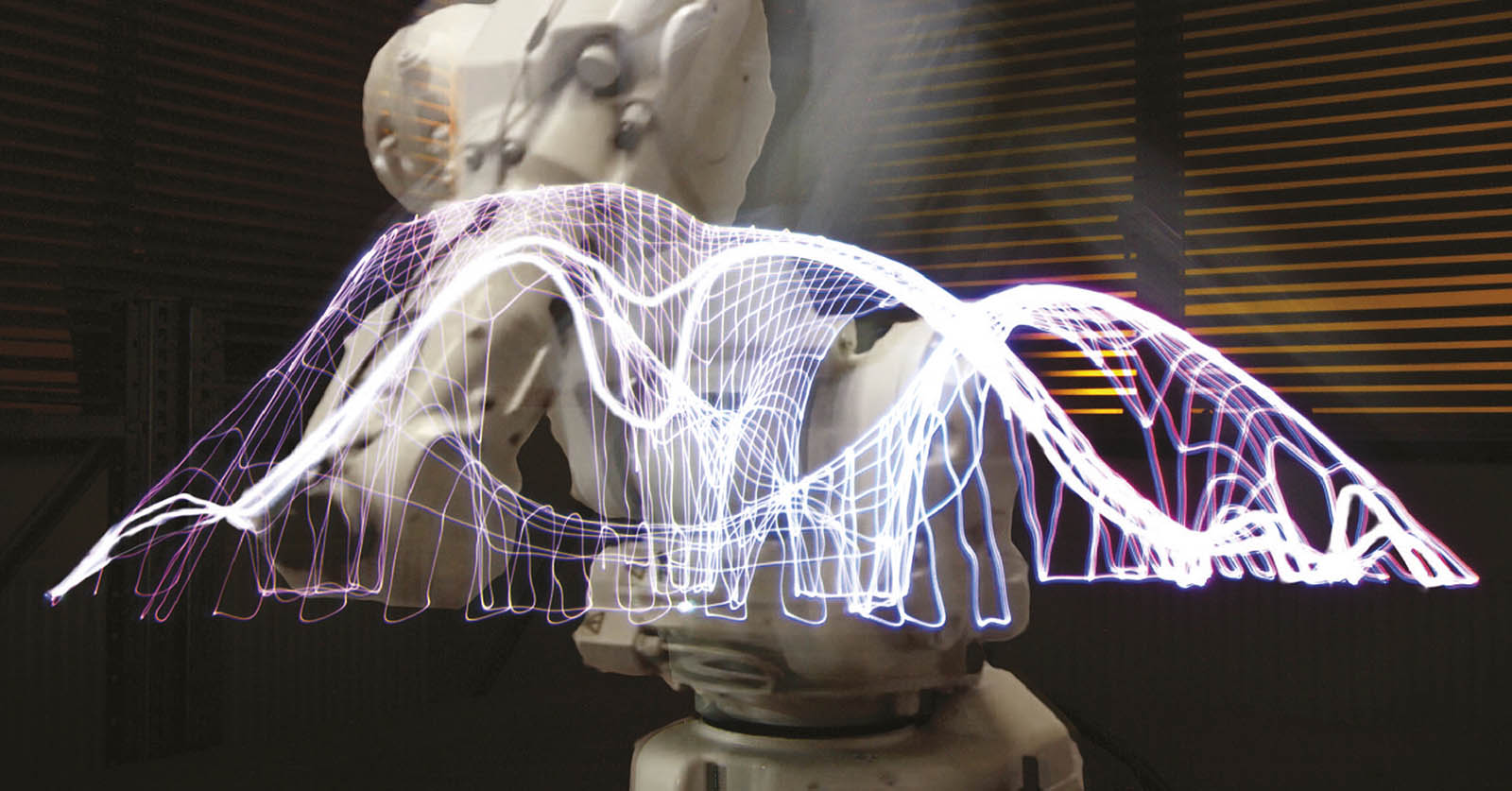Downloads
DOI:
https://doi.org/10.7480/spool.2017.1.1908Keywords:
Robotic environments, Robotic Building, Design-to-Robotic-Production, Design-to-Robotic-OperationAbstract
While architecture and architectural production are increasingly incorporating aspects of non-human agency employing data, information, and knowledge contained within the (worldwide) network connecting electronic devices, the relevant question for the future is not whether robotic building will be implemented, but how robotic systems will be incorporated into building processes and physically built environments in order to serve and improve everyday life.
This issue of SPOOL aims to answer this question by critically reflecting on the achievements of the last decades in applications of robotics in architecture and furthermore outlining potential future developments and their societal implications. The focus is on robotic systems embedded in buildings and building processes implying that architecture is enabled to interact with its users and surroundings in real-time and corresponding design-to-production and –operation chains are (in part or as a whole) robotically driven. Such modes of production and operation involve agency of both humans and non-humans. Thus, agency is not located in one or another but in the heterogeneous associations between them and authorship is neither human or non-human but collective, hybrid, and diffuse.
How to Cite
Published
Issue
Section
Categories
License
Copyright (c) 2020 SPOOL

This work is licensed under a Creative Commons Attribution 4.0 International License.

References
Bier, H. and Knight, T. (2010) ‘Digitally-driven Architecture’, Footprint #6 (Delft: Stichting Footprint), pp. 1-4
Bier, H. and Knight, T. (2014) ‘Data-driven design to production and operation’, Footprint #15 (Delft: Stichting Footprint), pp.1-5
Bier, H. and Mostafavi, S. (2016) ‘Robotic Building as Physically Built Robotic Environments and Robotically Supported Building Processes’ in Architecture and Interaction (International: Springer), pp. 253-271
Latour, B. (2014) Reassembling the Social: An Introduction to Actor-Network-Theory (Oxford: Oxford University Press), pp. 63-86
Liu Cheng, A. and Bier, H. (2016) ‘An Extended Ambient Intelligence Implementation for Enhanced Human-Space Interaction’, Proceedings of the 33rd International Symposium on Automation and Robotics in Construction, pp. 778-786
Mostafavi, S. and Bier, H. (2016) ‘Materially Informed Design to Robotic Production: A Robotic 3D Printing System for Informed Material Deposition’, Robotic Fabrication in Architecture, Art and Design 2016 (International: Springer), pp. 338-349



